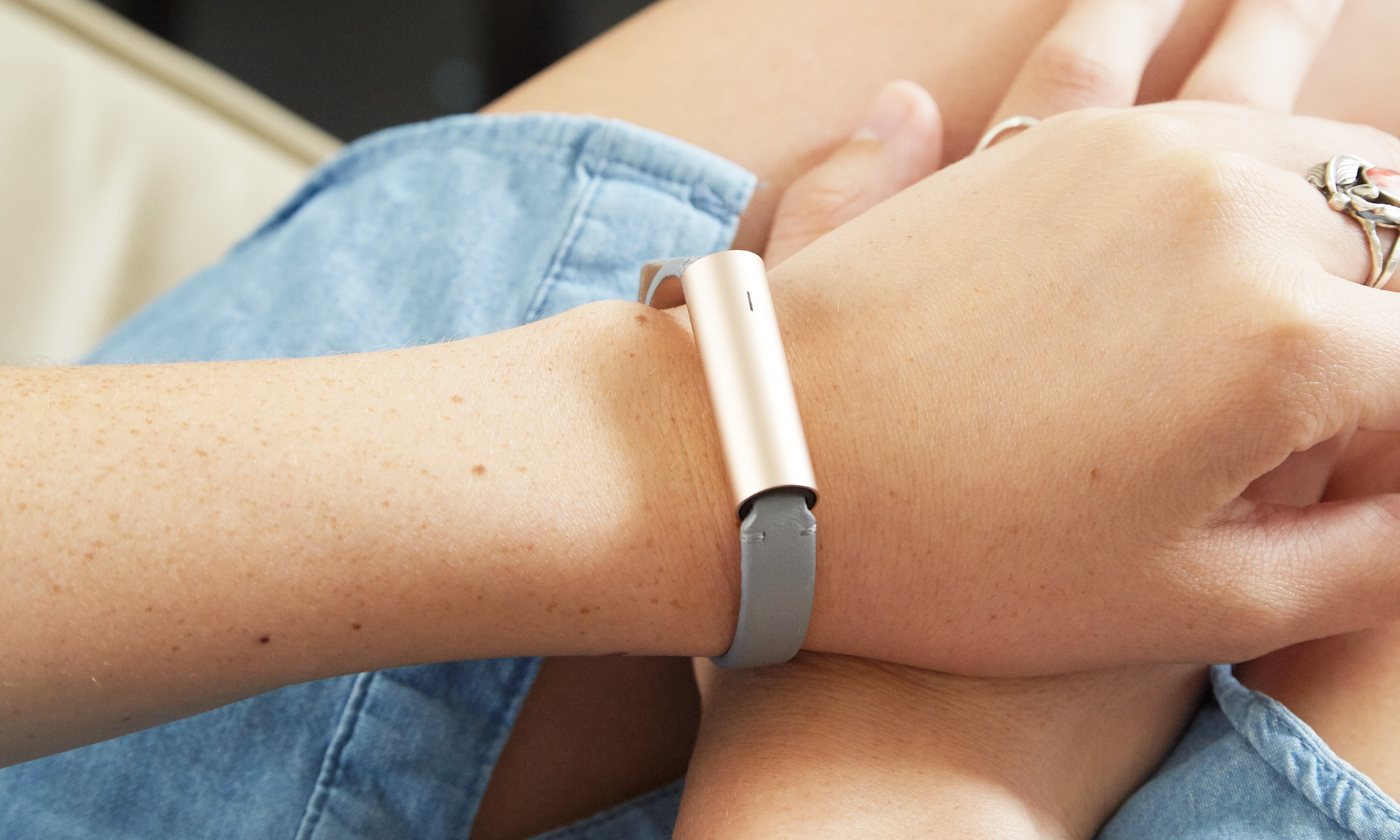Tom's Guide Verdict
The sleek Misfit Ray is waterproof to 160 feet deep, tracks steps and sleep, and can be used to control smart home gadgets. Not bad for $99.
Pros
- +
Superstylish, compact design
- +
Adaptable accessories
- +
Waterproof up to 50 meters
- +
Affordable
- +
Lightweight
Cons
- -
Limited display/notification abilities
- -
Nonathletic feel
Why you can trust Tom's Guide
For the fashion-conscious, jumping on the wearables trend can feel like a major faux pas. Even if you love your smartwatch or fitness tracker for its features, it's almost impossible to make a bulky tech piece look chic with your favorite little black dress. The small, sleek Misfit Ray ($99) changes all that: It's a lightweight, fashion-forward fitness tracker that is perfect for hiding the fact that you're wearing a tracker.
The Ray automatically tracks your activity, steps and sleep, displaying your daily progress through a simple app. It is also waterproof and has a battery life of about six months, so you won't have to worry about recharging it often. The Ray is a pretty solid deal for newbies looking for basic features and a modern design.
Design: Minimal and Polished
One of the Misfit Ray's biggest selling points is its sleek, minimalist design that allows it to be disguised as a piece of jewelry. The tracker itself is a 38-millimeter-long (1.5 inches) cylinder that comes in carbon black and rose gold. Though both shades come with coordinating watchbands, the Ray can also be customized by attaching the tracker to a thin gold chain or black necklace.
The watchband clasp looks classy, but I did have some difficulty wearing the Ray all the time. Other trackers, like the classic Fitbit Flex ($99) and the original Misfit Shine 2 ($99), are fitted with a thin, flexible band and a clasp. This gives the trackers their signature "athletic" feel, which makes it much easier to leave them on through workouts. By contrast, the Ray felt like my watch on my wrist, which took some time to get used to on daily runs.
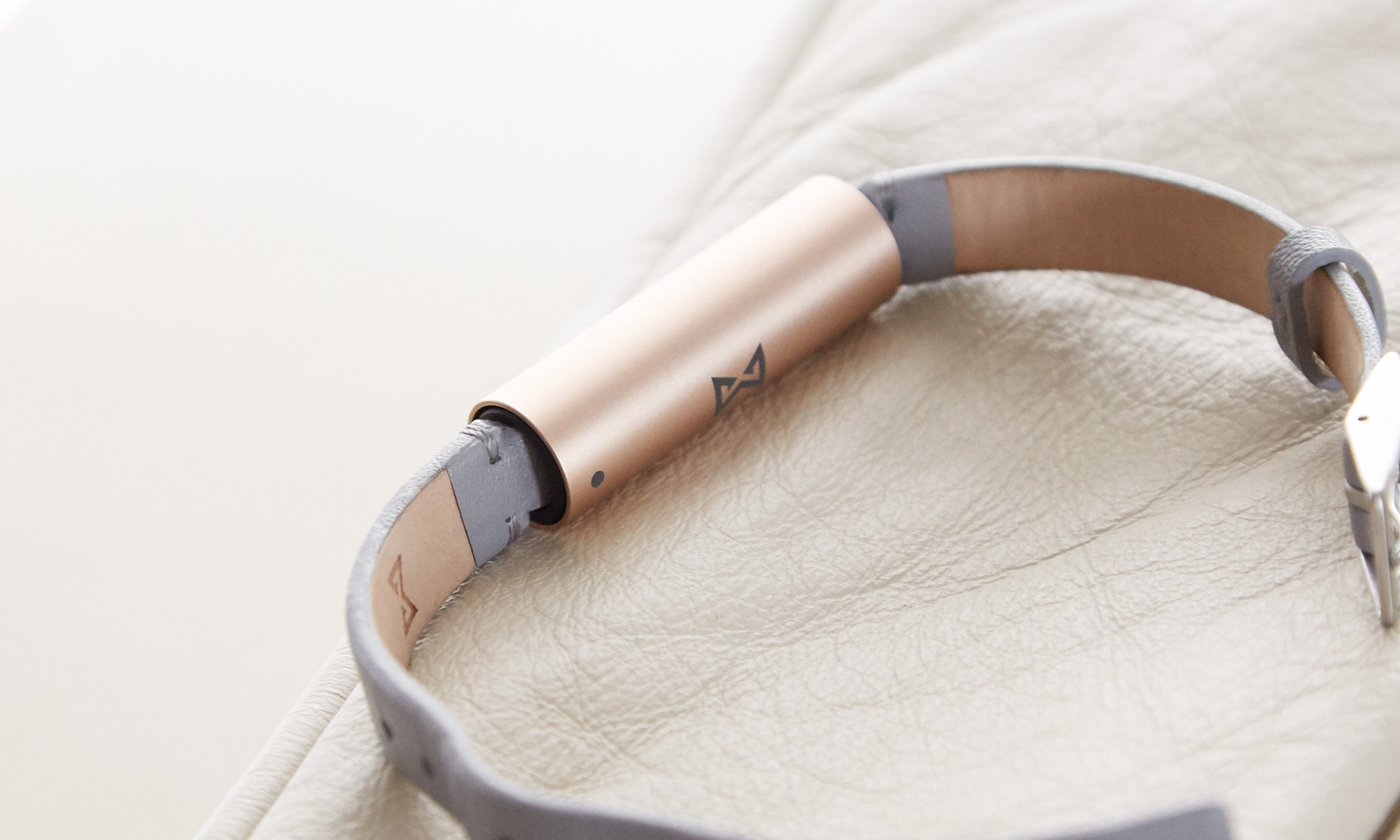
Though the Misfit Shine and the Ray have similar aesthetics and functions, the Ray sacrifices comfort for style, especially as a sleep tracker. The Ray's watchband felt too bulky to keep on while I slept, and its waterproof feature allowed me to keep it on while I showered and swam.
Accessories
The Ray's interchangeable watchbands, necklaces and ankle bracelets are what make it so adaptable and easy to incorporate into whatever it is you're wearing that day. Fitbit recently made similar efforts to make the Flex look less like a tracker and more like an accessory through a designer partnership with Tory Burch. But while the designer name and Tory Burch aesthetic certainly shine through with the Flex, the Ray easily stands out with the same stylish look for a lower price — the Tory Burch for Fitbit trackers retail at around $125. On top of that, as someone who spends a lot of time in the water, I prefer the Ray's total water resistance up to 50 meters (about 160 feet) to the Flex's "splash-proof" exterior and designer name.
MORE: Best Fitness Trackers for Running, Swimming and Training
Exercise and Activity Tracking: Accurate and Simple
With the Ray, it was very simple to keep track of my activity and set daily goals. It kept track of my steps fairly accurately; I counted 500 steps walking, and the Ray counted 520. But the points system doesn't just factor in steps to reach your goal — it also accounts for calories burned and distance traveled. For this purpose, I really liked that I could keep the tracker on even in the shower. I felt like I wasn't missing a single opportunity to collect points as I tried to reach my daily quota.
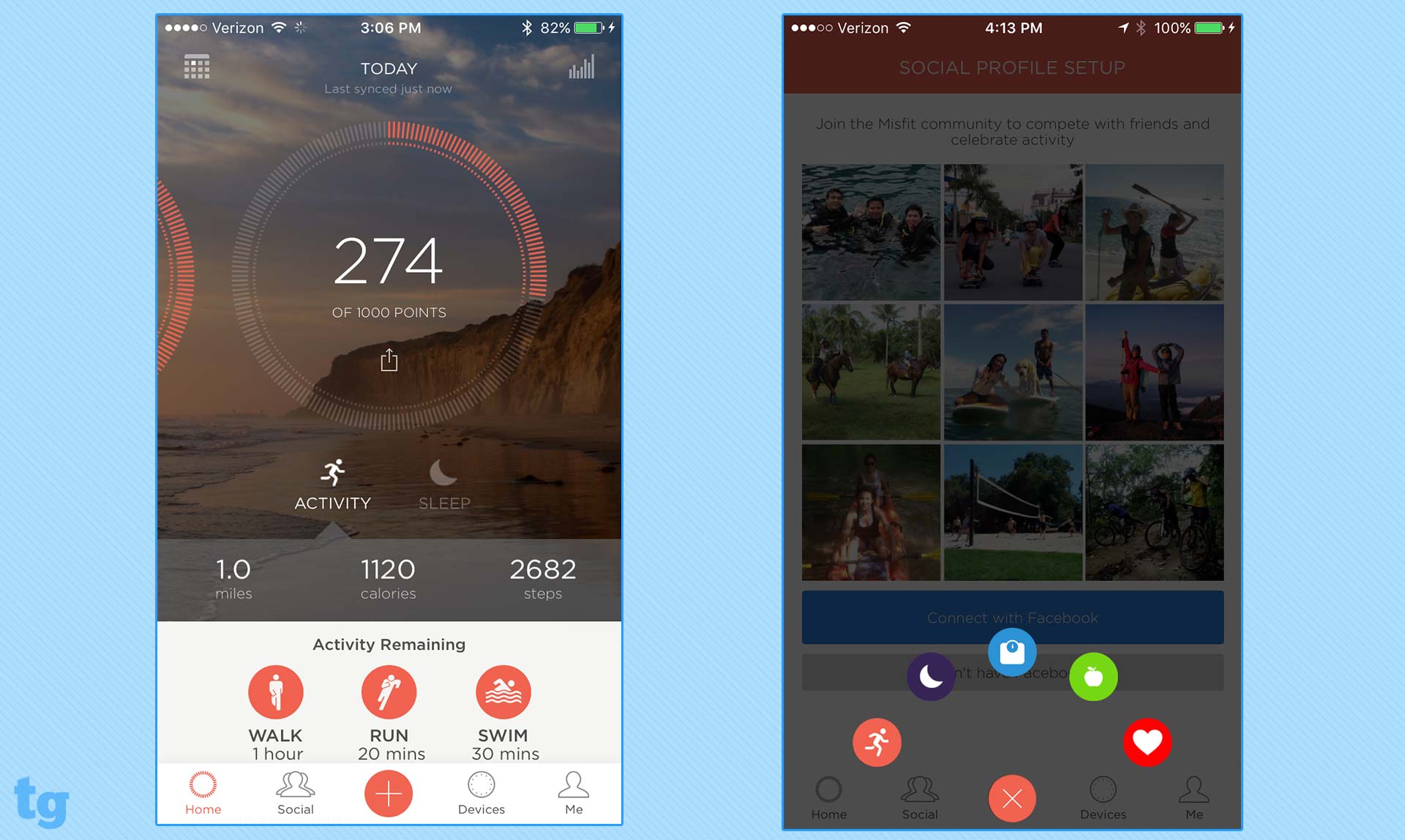
As a swimmer, I found the waterproof function to be a huge selling point. The Ray is water-resistant up to 50 meters, making it ideal for tracking any swimmer's workout routine or for wearing on a casual day at the beach. However, it doesn't track your laps; other trackers, such as the $119 Misfit Shine 2 Swimmer's Edition, do provide that function.
The three-axis accelerometer tracks your steps, calories burned and the distance you've traveled each day. Though the tracker itself doesn't keep track of your heart rate the way the Fitbit Charge does, the Misfit App does have a function to estimate your pulse using the light on your phone.
You can customize the Ray by attaching the tracker to a thin gold chain or black necklace.
You can view your daily activity and tag specific workouts, like yoga or swimming, by checking the app where your steps and calories burned are converted to a point system. The tracker will even buzz and let you know if you've remained still for too long (a function that you can turn on and off in the app as you choose).
Sleep Tracking: Accurate
Though I didn't love sleeping with what felt like a small watch, the sleep-tracking ability of the Ray was my favorite thing to check when I woke up in the morning. The tracker can automatically sense when you've nodded off and monitors your sleep quality and sleep duration. The app allows you to input your typical sleep schedule, but if you're at all like me, your schedule is somewhat sporadic (and probably includes afternoon naps on weekends). The automatic feature is great because you can snooze whenever you see fit, without having to touch the app.
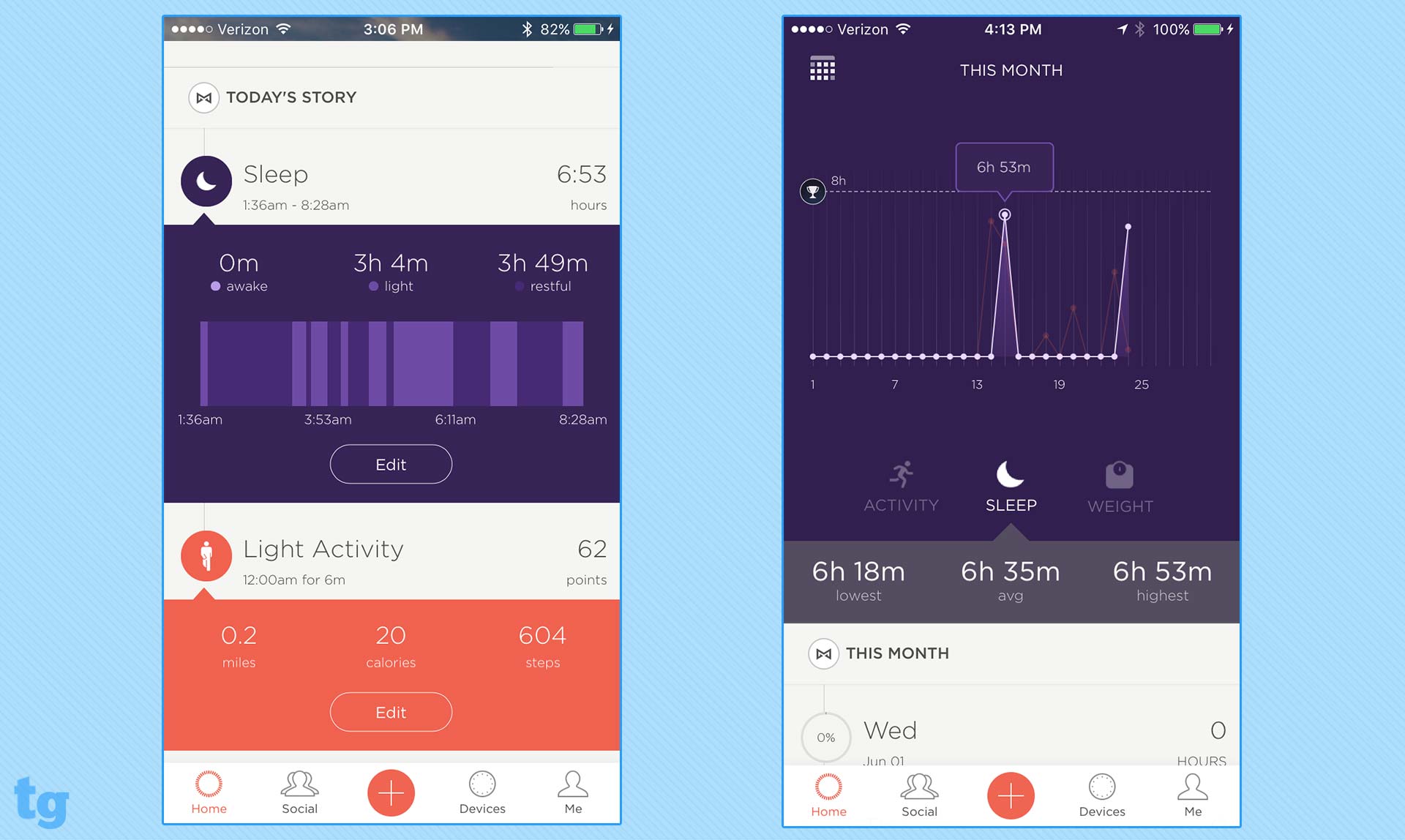
However, if you prefer, you can tell the app when you're about to go to sleep by tapping the sleep function and selecting "I'm ready." Periods of lighter sleep are marked by a lighter color in the graph the app provides, and the darker color indicates periods of deep sleep.
Smart Devices Control
If you're a fan of controlling your smart home devices through your phone, you can do the same using the Misfit Ray — if you first install the Misfit Link app on your phone. This app allows you to sync the Ray with your other devices and control them using a series of taps. For instance, you can take a selfie from afar by tapping the Ray three times, or control music on a playlist.
Battery Life
The Ray runs on three replaceable button cell batteries that last up to six months, which means you don't have to worry about recharging regularly. The only issue I had with the batteries occurred when I was setting up the Ray initially — they are pretty small, and if you're not careful, as you switch from the watchband to the necklace, they could easily fall out.
MORE: 10 Most Surprising Uses for Fitness Trackers
Phone Notifications
I was skeptical of the Ray's alarm ability, but the tracker's small buzzes were surprisingly successful at getting me out of bed in the mornings (though I'm a pretty heavy sleeper, according to the Misfit app). Again, the only reason I stayed away from this feature was that I already noticed the tracker on my wrist as I slept, so I stuck to my regular alarm for the most part.
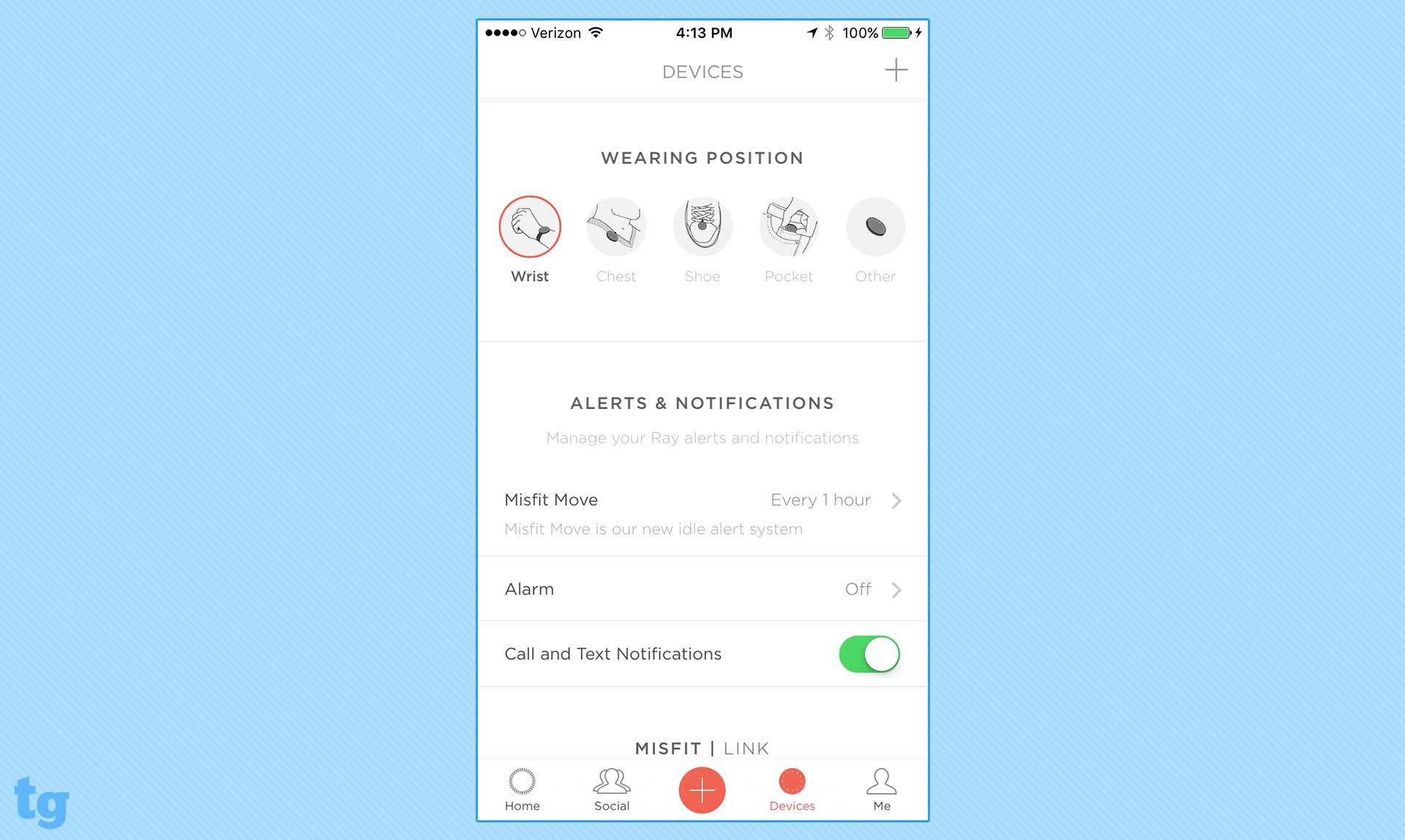
Because the Ray syncs through Bluetooth, you have the option of getting phone notifications through the Ray. The tracker will buzz twice when you receive a text message or buzz continuously as you're getting a phone call. If you want to stay connected but put the screens away, this is a great option.
The tracker's small buzzes were surprisingly successful at getting me out of bed in the mornings.
But because the Ray's minimalist design leaves out any kind of display for the sake of aesthetics, you won't be able to tell if an incoming text is superimportant or worth ignoring. For me, this meant checking my phone each time I felt a small buzz and (on a few occasions) imagining a phantom buzz if I was expecting a call.
Bottom Line
The Misfit Ray is a great starter fitness tracker for newbies and those who are style-conscious.
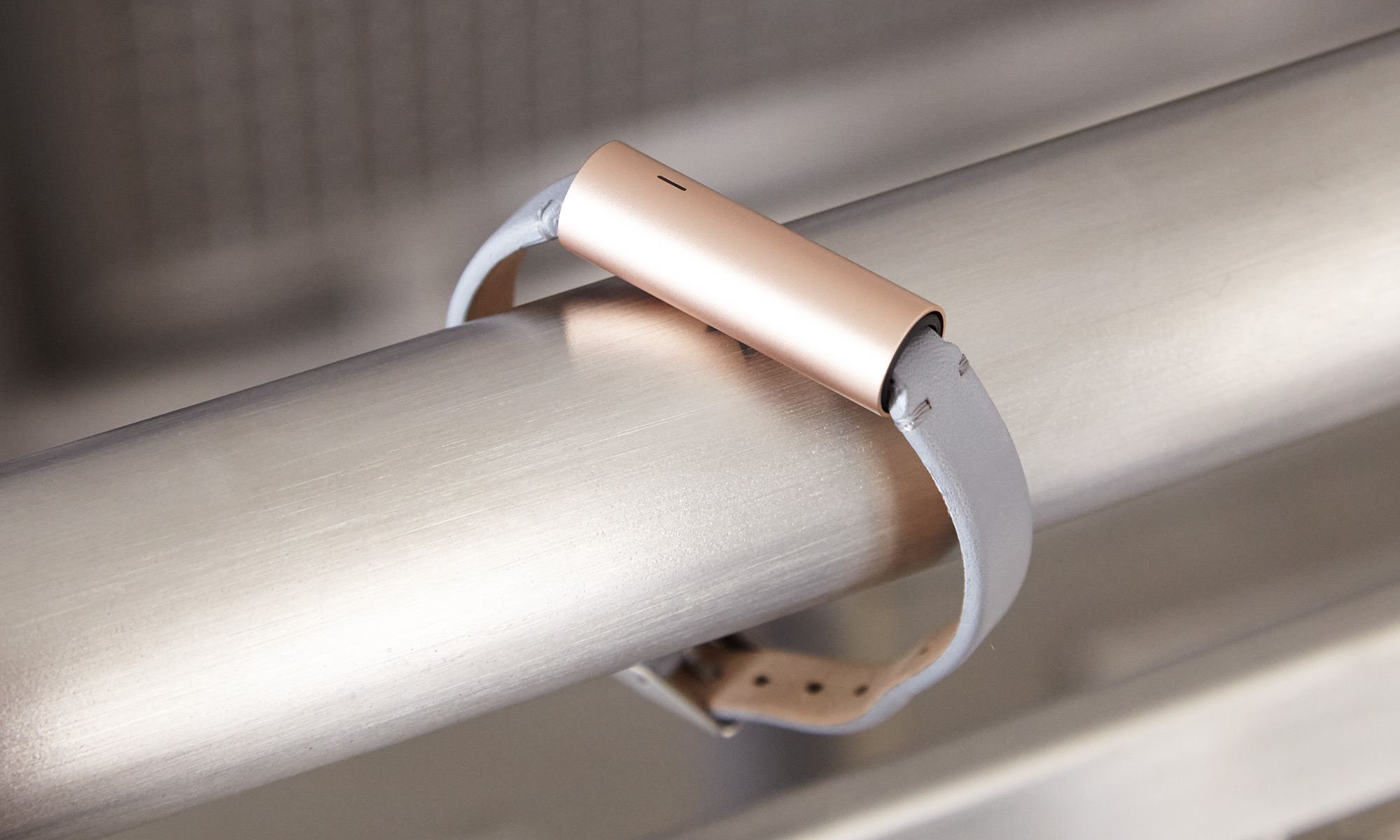
If intensive exercise is part of your regular routine or you're looking for more in-depth stats about your daily performance, the Ray might feel a bit too basic. But for a customizable, virtually unnoticeable fitness tracker with a long battery life, the Ray is a great deal at $100.
Lauren L'Amie is an SEO Content Strategist at Wirecutter, and was previously an editor for Tom's Guide, writing mainly about phones and social media. She has also written for Cosmopolitan, New York Magazine, and The Daily Dot, focusing on a range topics from health, sex, and lifestyle to news and politics.
